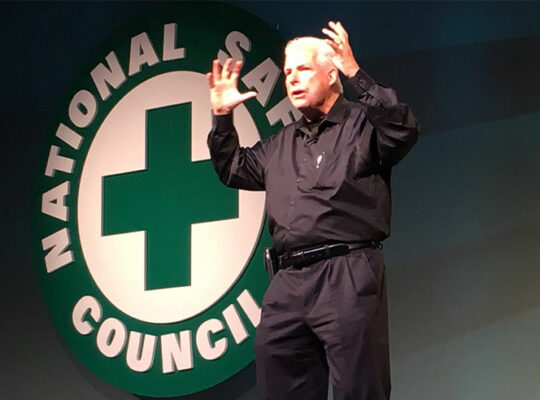HSE (Health, Safety and Environment) is a set of processes and procedures identifying potential hazards to a certain environment, developing best practices to reduce or remove those hazards, and then training employees for accident prevention, accident response, etc.
The major intent of having a Health, Safety and Environment Management System dates back in time to the faulty working practices of workers in an earlier era, especially in the manufacturing industry. Employees were barely protected from the accidents caused by the machines and equipment they worked with. As a result, there was a high rate of accidents that led to injuries and even death of the employees. Eventually, the workers began to demand better safety and forced the government to take action.
Why is HSE needed?
According to the International Labour Organization (ILO), it has been found that more than 2.3 million workers die every year because of occupational accidents or work-related diseases. The ILO estimates that the annual cost to the global economy from accidents and occupational diseases alone is $3 trillion. So, preventing illnesses and accidents caused by work should be a vital priority for everyone at work.
Providing Health, safety and environment training or information helps to:
- Implement a positive health & safety culture that fosters health, safety and wellness
- Manage workplace health and safety in a better way
- Ensure workers are not injured or affected by the work they do
- Ensures well-being through advanced technology and professional development
Which are the Best Practices for HSE?
Safety culture
Safety performance measurement
A safety performance indicator refers to measuring the changes over time at the level of safety as the result of actions taken by providing information on organizational performance, motivating people to work on HSE safety, and increasing the organizational potential for HSE safety. There are two safety performance indicators, leading and lagging indicators. In leading indicators, the response is proactive in nature with the intent of making changes in the safety process to avoid injuries, while in the lagging indicators, the response is reactive because injuries have already occurred and the response is initiated to try to prevent the occurrence of further injuries.
The primary aim of measuring safety performance in a work environment is an attempt to mitigate unsafe behaviors and conditions that can lead to accidents. Usually, performance measurements can either be reactive or active monitoring. Reactive monitoring defines identifying and reporting incidents and learning from mistakes while active monitoring provides feedback on performance before an incident occurs.







